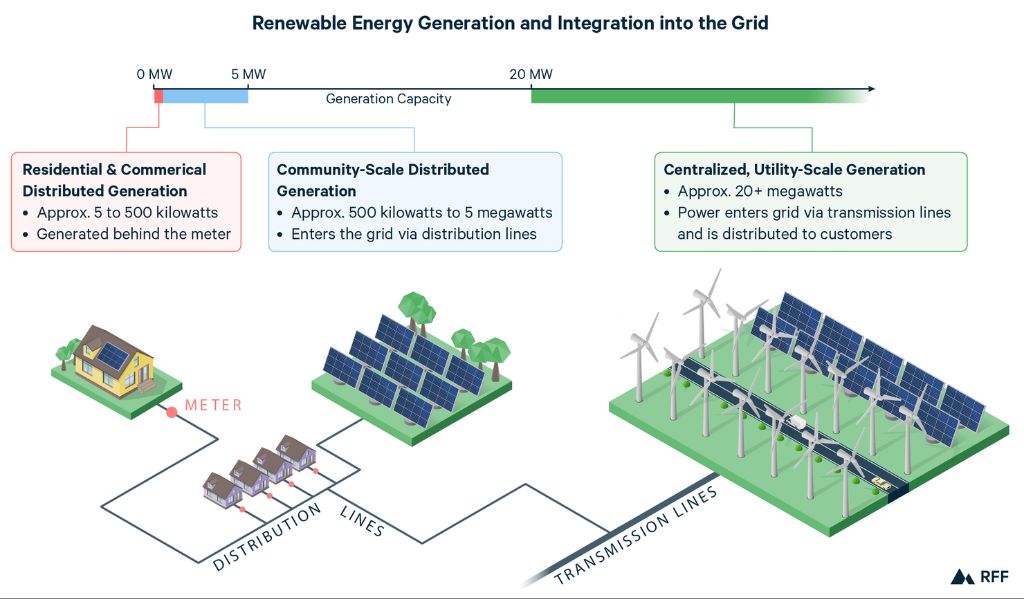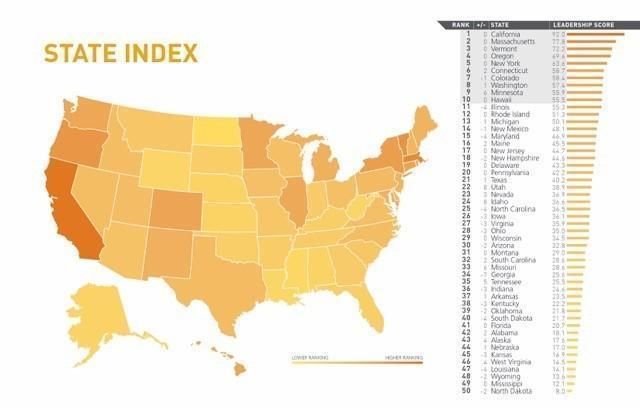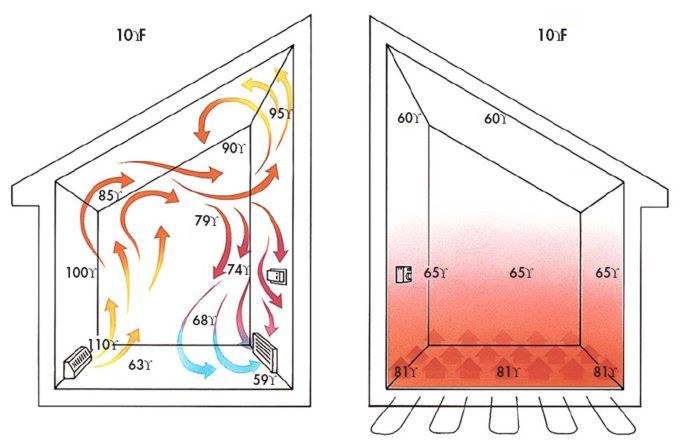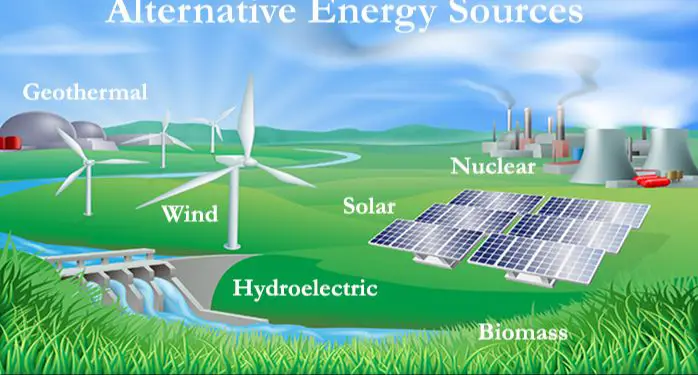What Is Integration Of Variable Renewable Energy Sources?

Variable renewable energy sources like solar and wind power provide clean energy, but they present challenges for integrating into the electrical grid compared to traditional power plants. While fossil fuel plants generate a constant supply of electricity, renewable sources fluctuate based on weather conditions and time of day. Integrating larger amounts of renewables requires flexibility in grid operations to maintain reliability as the availability of these resources changes. However, transitioning to higher renewable penetration is critical for reducing greenhouse gas emissions and mitigating climate change. There are various technical solutions and market designs that can facilitate integration, but it requires understanding the unique characteristics of variable renewables and updating infrastructure, planning, and operations accordingly.
Intermittency
One of the key characteristics of renewable energy sources like solar and wind is their intermittent nature, meaning they do not generate electricity consistently over time (Renewable Energy Intermittency Explained: Challenges, Solutions and Opportunities). Solar power relies on sunny days and clear skies to generate electricity, while wind turbines need sufficiently windy conditions to spin and produce power. But due to unpredictable weather conditions, the output from solar panels and wind turbines can fluctuate greatly throughout the day and across seasons.
For example, solar panels may generate a lot of power on a sunny summer afternoon when electricity demand is high, but little or no power at night or on cloudy days. Wind speeds often vary not just daily but hour-to-hour, producing an inconsistent amount of wind energy. This intermittent nature makes integrating large amounts of solar and wind energy into the electric grid more complex than traditional baseload power plants that provide a stable, predictable amount of electricity at all times.
Forecasting
Forecasting the output of wind and solar renewable energy sources is critically important for managing grid operations. As the penetration of variable renewable energy (VRE) like wind and solar increases, system operators need accurate forecasts of expected output to ensure reliability and optimize the dispatch of other generation resources (
Forecasting Wind and Solar Generation: Improving System Operations and Integration).
VRE forecasting provides system operators and utilities with advance estimates of the available wind and solar power to plan ahead. More accurate forecasts allow grid operators to better manage variability, schedule reserves, integrate VRE generation effectively, and maintain grid reliability. Longer term forecasts also inform maintenance scheduling, trading and risk management. There are significant economic advantages to improving forecast accuracy as well (
Renewable Energy Forecasting – an overview).
Various methods are used for VRE forecasting depending on the timeframe, from minutes to days ahead. Persistence models, statistical models, numerical weather prediction models, ensemble forecasts, and hybrid models combining multiple techniques are commonly used. Ongoing research aims to improve forecast accuracy and provide probabilistic forecasts quantifying uncertainty.
Flexibility
Integrating renewable energy sources requires flexibility in how energy is generated, stored, and used. This comes from several key areas. First is having dispatchable power sources like hydropower, bioenergy, geothermal and concentrating solar power with thermal storage that can ramp up and down to accommodate changes in renewable generation (Grid Flexibility).
Second is expanding energy storage like batteries and pumped hydropower that can store excess renewable generation and discharge when needed (Grid Flexibility – What Is It And Why Is It Important?). Third is demand response from smart grids and flexible loads that can shape customer demand to match renewable output. Together these create a flexible grid that enables high integration of renewables.
Transmission
To help integrate renewable energy sources like wind and solar power, transmission networks need to be strengthened and expanded. This helps smooth out the variability from intermittent sources and allows renewable power to be moved to where it is needed. According to the DOE, expanding transmission helps integrate renewables which are increasingly cost-competitive with fossil fuels.
The grid needs more transmission capacity between regions as well as within regions to handle all the new renewable generation coming online. Long distance, high voltage direct current (HVDC) transmission lines are very effective for moving large amounts of power from renewable hotspots to load centers. The DOE points out the mismatch between where renewables can be generated most efficiently versus where the electricity demand is.
Studies by NREL have looked at how higher levels of renewables can be integrated with sufficient transmission expansion and operational improvements. Their research shows that with upgrades, the existing grid can handle much greater renewable penetration. Investment in transmission and smarter grid technology will enable a more flexible, resilient system.
Distributed Energy
With the growth of distributed renewable energy sources like rooftop solar, grid management becomes more complex. When a large number of customers generate their own solar power, the flow of electricity switches from one-way to two-way as excess power is fed back into the grid. This can create voltage fluctuations and problems balancing supply and demand in real time (1). Utilities need enhanced monitoring and control systems to track all these additional variable sources. Smart inverters can help mitigate voltage issues and allow better visibility into distributed energy (2). Accurate forecasting also helps utilities anticipate how much solar power will be generated day to day. Overall, distributed renewable generation requires an intelligent and flexible grid that can dynamically balance many small sources of energy (3).
(1) https://www.nrel.gov/esif/renewable-energy-grid-integration.html
(2) https://energy.sandia.gov/programs/electric-grid/renewable-energy-integration/
(3) https://www.energy.gov/eere/solar/grid-engineering-and-distributed-energy-resource-integration-training
Energy Markets
Integrating high levels of variable renewable energy sources like wind and solar requires changes to traditional electricity market structures and operations. One key change is transitioning to shorter dispatch intervals, which allow grid operators to adjust power plant output more frequently to match fluctuating supply and demand. Historically, many markets operated on 1-hour or longer dispatch intervals. However, shorter 5-15 minute intervals better accommodate renewable variability and forecast errors (European Commission, 2022).
Shorter dispatch intervals, combined with forecasting tools, give grid operators enhanced ability to schedule the most economical mix of generation to meet demand in real-time. Markets can also implement faster scheduling cycles and gate closure times, allowing units to be committed closer to dispatch time when updated wind and solar forecasts are available. This avoids over-committing inflexible generators. Additionally, negative pricing during periods of oversupply motivates renewable curtailment ahead of fossil fuels, and time-of-use pricing encourages load shifting to high renewable output periods.
Market reforms like these are happening globally. In the U.S., regional grids like CAISO have transitioned to 5-minute real-time dispatch, while ERCOT moved to 5-minute intervals in 2021. The EU is requiring member countries to enable at least 15-minute scheduling by 2025 as part of its Clean Energy Package. With high shares of renewables, flexible, real-time markets are critical integration solutions (European Commission, 2023).
Electricity market reform – Consilium.europa.eu
Commission welcomes deal on electricity market reform
Technology
Advances in technology are enabling greater integration of variable renewable energy sources like wind and solar onto the electric grid. One key technology is advanced inverters, which allow two-way communication between the renewable energy system and the utility grid. This allows the inverter to provide grid support services that help maintain reliability and stability as more renewables come online (1).
Smart inverters have capabilities like voltage ride-through, voltage and frequency support, and advanced controls for ramp rate and output. This gives grid operators more flexibility to manage a system with high renewable penetration (1).
Energy storage technology also facilitates renewable integration by helping to smooth output and shifting supply to match demand. Utility-scale batteries and pumped hydro storage can store excess renewable generation and dispatch it when needed (2). Behind-the-meter storage, like home batteries, can also help by reducing net load on the grid.
Other integration technologies include forecasting tools to better predict renewable output, flexible generation sources like natural gas plants to complement variable renewables, and transmission upgrades to access remote renewable resources and balance supply and demand across a larger geographic footprint (2).
(1) https://www.nrel.gov/esif/renewable-energy-grid-integration.html
(2) https://www.pnnl.gov/grid-integration-renewable-energy
Policies
Governments at the federal, state and local levels have implemented various policies to support the growth of renewable energy and integration of variable sources. One of the most widely adopted policies is the renewable portfolio standard (RPS). As described by the U.S. Energy Information Administration, an RPS requires electricity providers to supply a targeted minimum amount of customer load with eligible sources of renewable energy. As of 2021, 30 states plus Washington D.C. had binding RPS policies. RPS policies drive renewable energy growth by creating mandatory markets for electricity from renewable sources.
Many states and local governments have also adopted public benefits funds, which collect voluntary customer contributions or small mandatory surcharges on electricity bills to fund renewable energy projects. Output-based environmental regulations that place a price on carbon emissions also help make renewable sources more cost-competitive. Governments offer various financial incentives like tax credits, grants and rebates to further encourage renewable energy investment.
Conclusion
In conclusion, integrating high levels of variable renewable energy like wind and solar into the electric grid presents a number of key challenges. These include the variability and uncertainty of renewable generation, the need for increased system flexibility, transmission constraints, and the evolution of electricity markets to value grid services and capabilities that support renewable integration.
However, there are solutions. Improving renewable forecasting helps grid operators anticipate variability. Flexible resources like energy storage, demand response, and natural gas plants can balance supply and demand more dynamically. Upgrading and expanding transmission connects diverse resources over larger areas. Distributed energy resources like rooftop solar, electric vehicles, and home batteries can also support grid operations. New market mechanisms and policies help incentivize the technologies and capabilities needed to operate a higher renewable grid.
Integrating more renewable energy requires continued innovation and investment in technologies, markets, and policies. But with the right solutions, high renewable integration at extremely competitive costs is achievable. Successfully transforming to an efficient, sustainable, high-renewable energy system will bring major economic, environmental, and social benefits.







